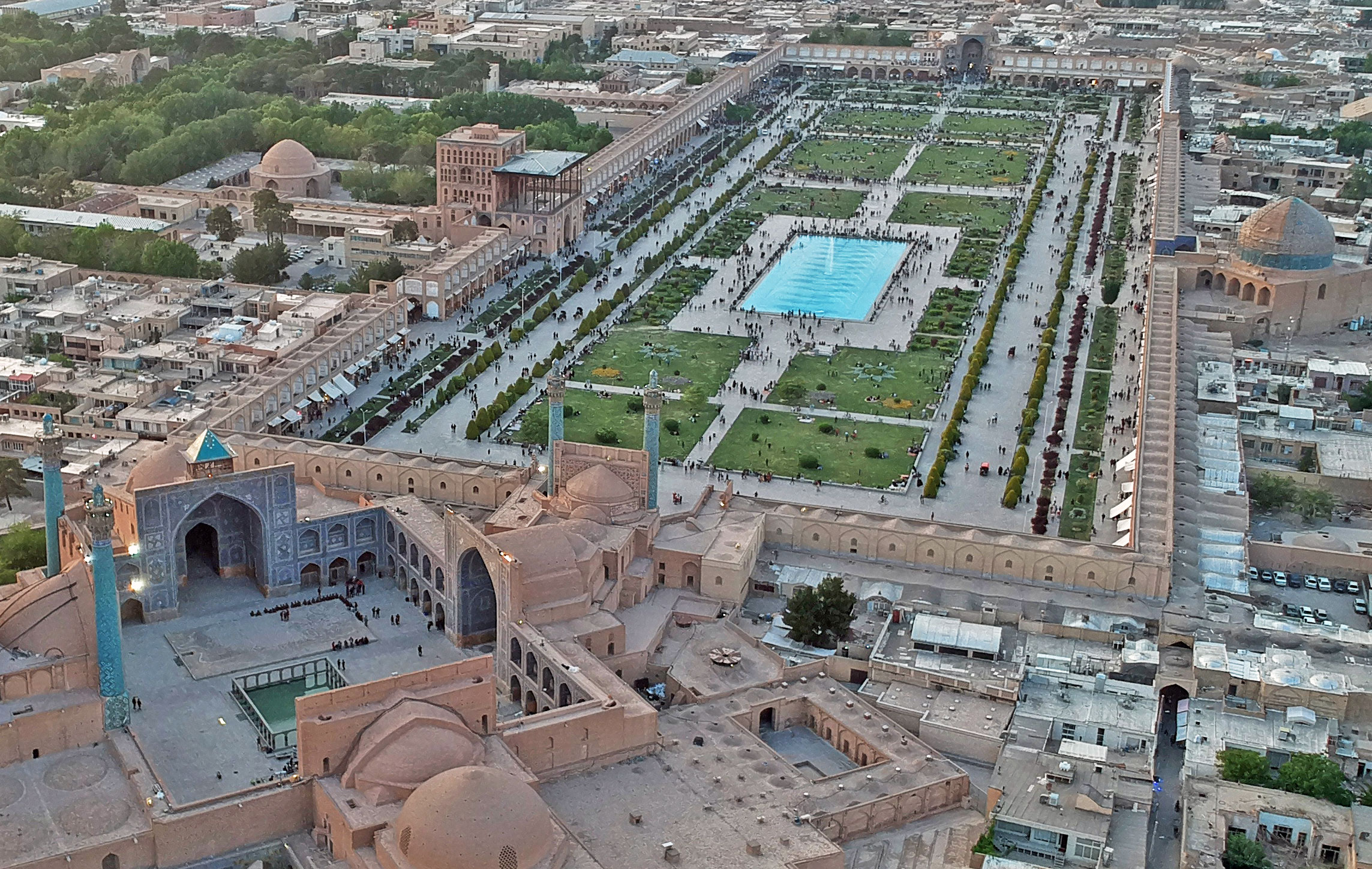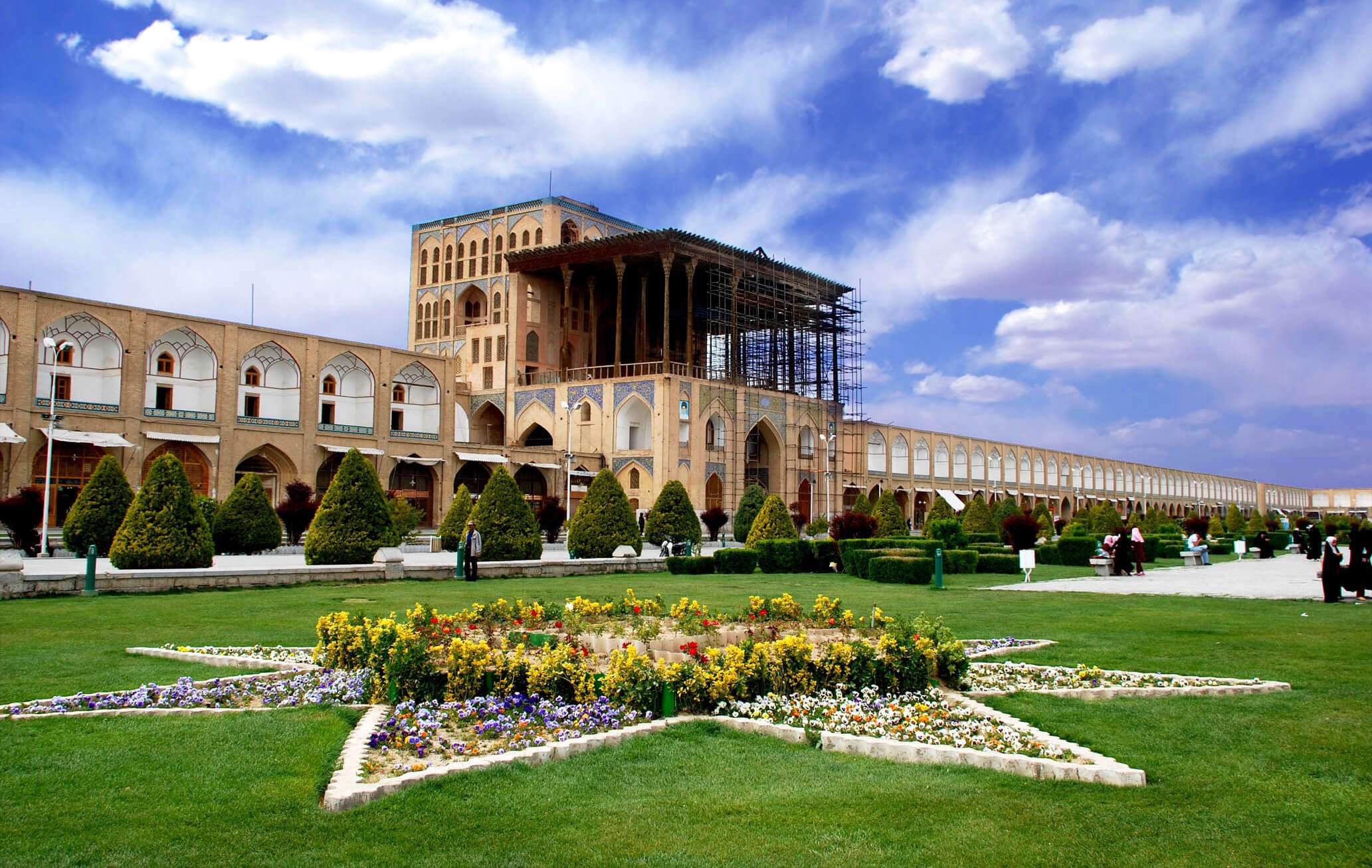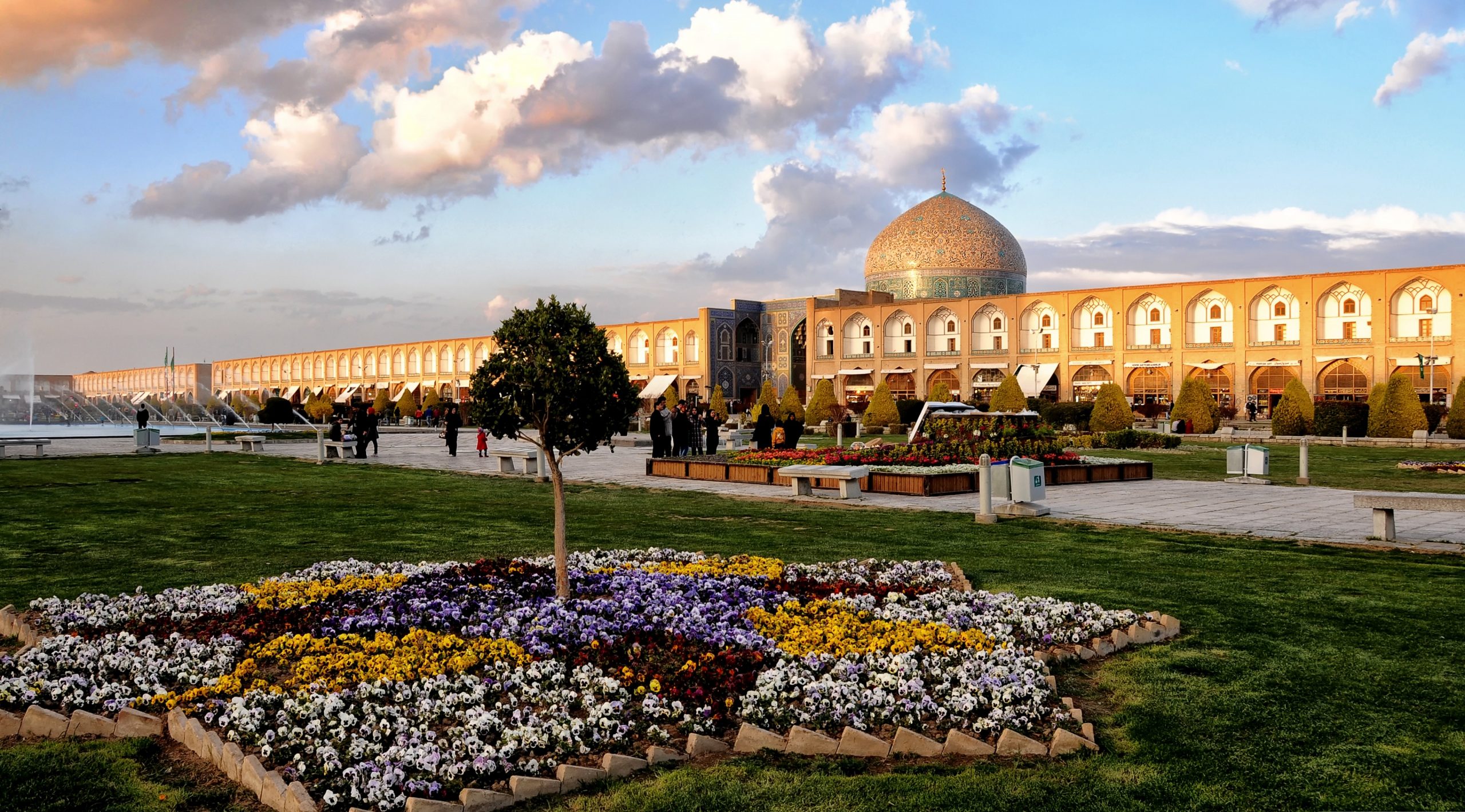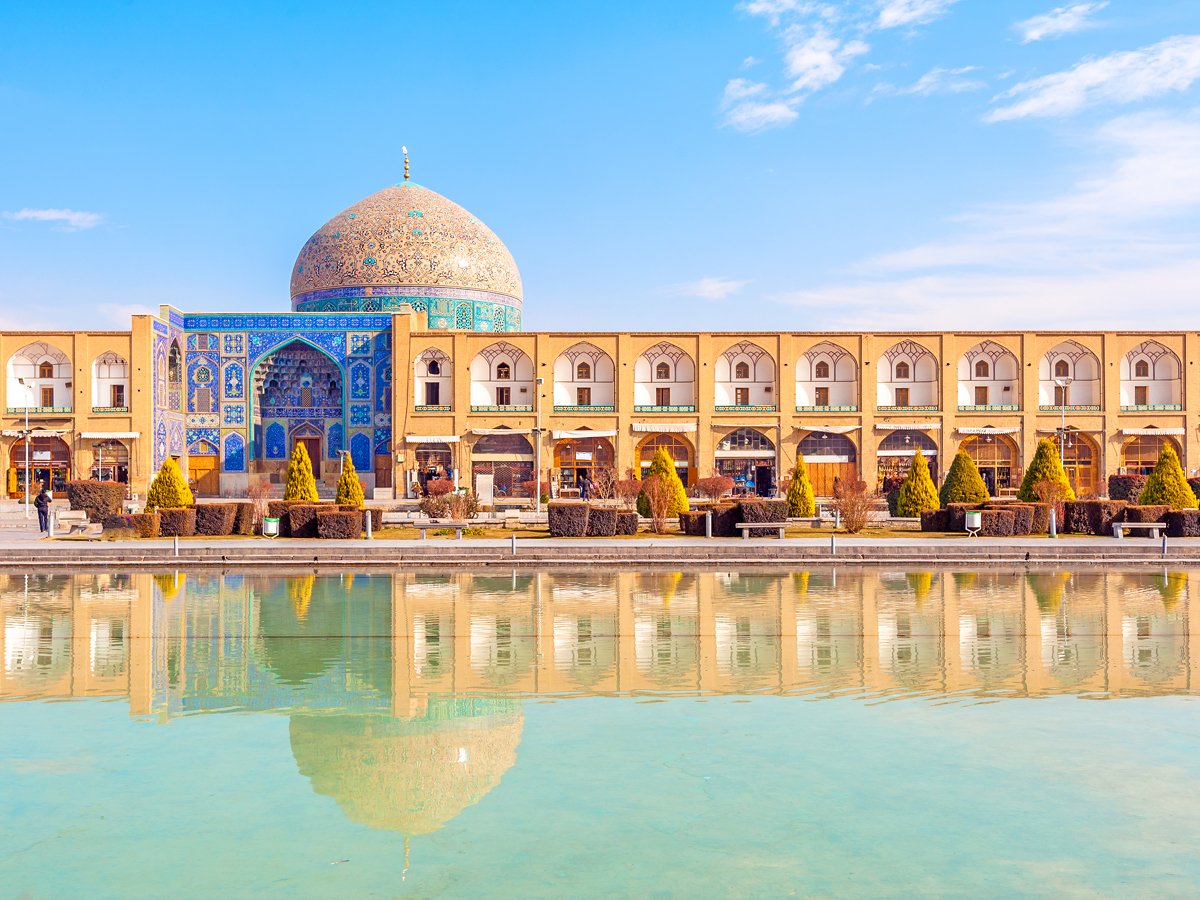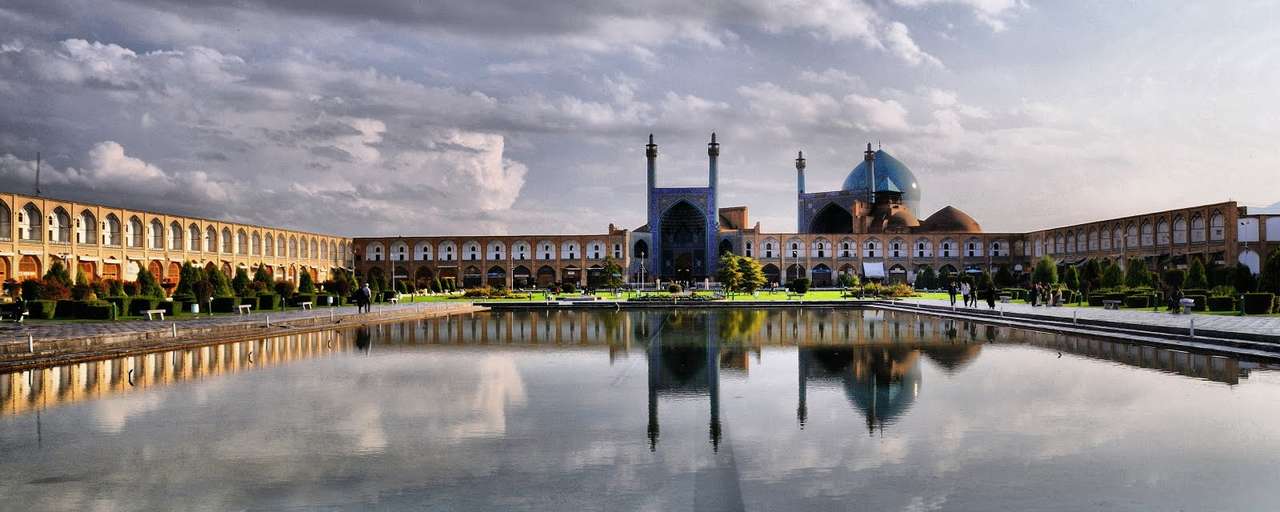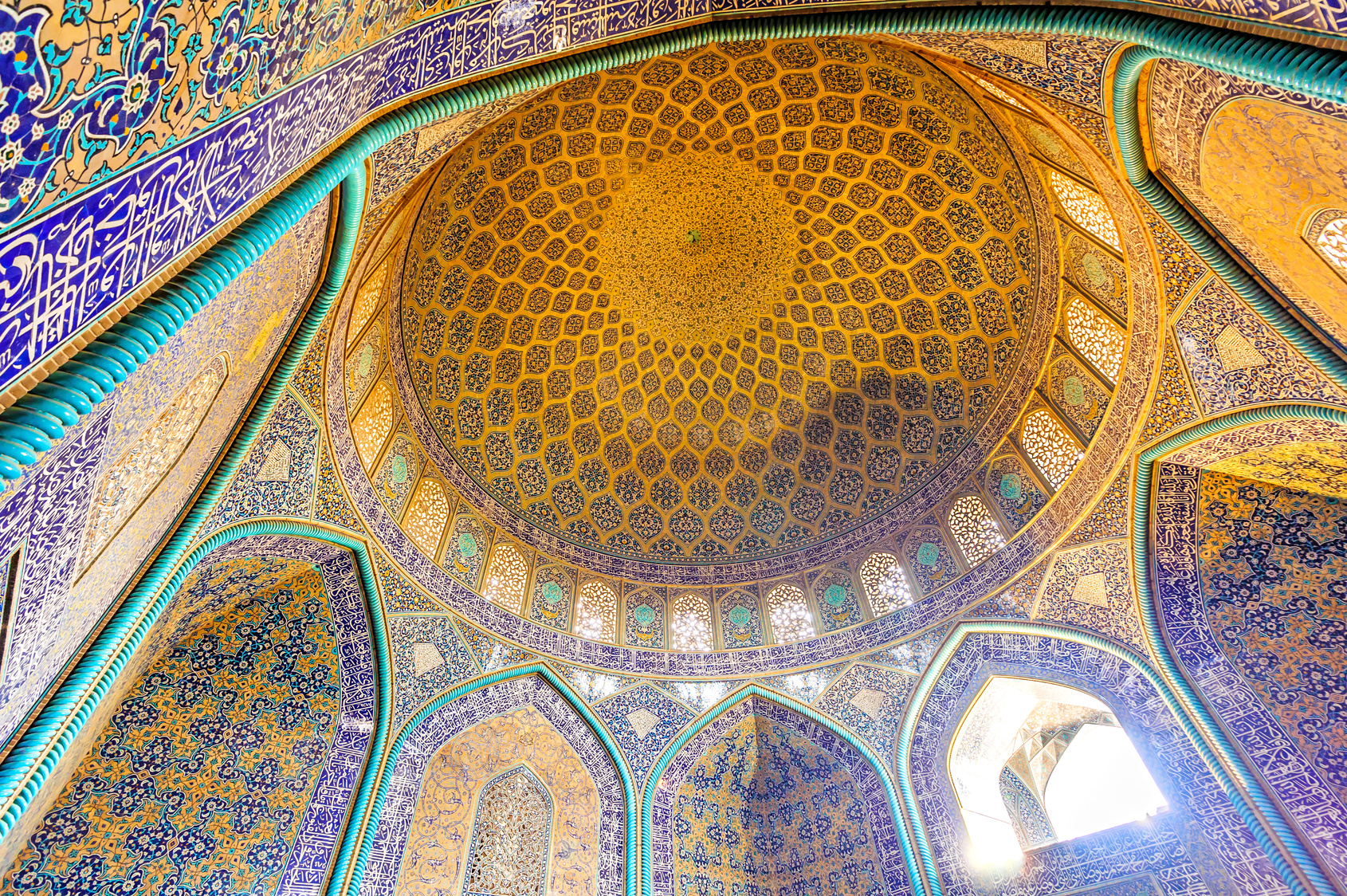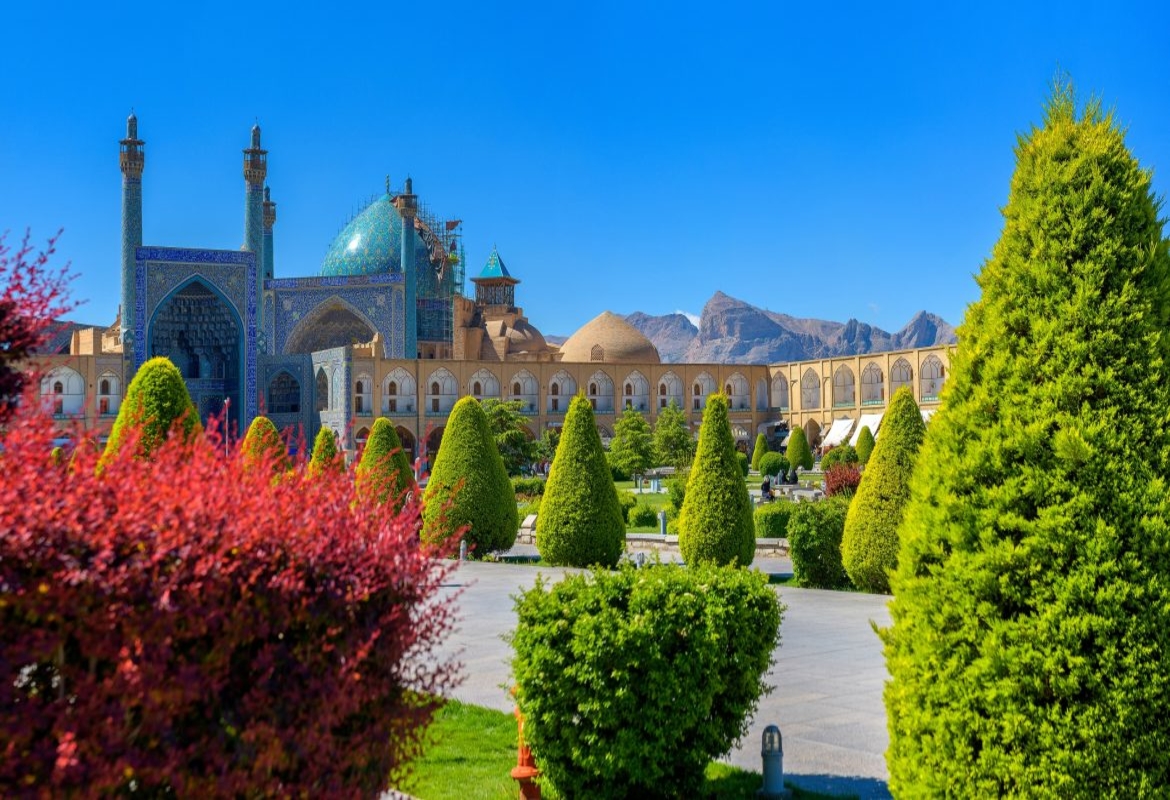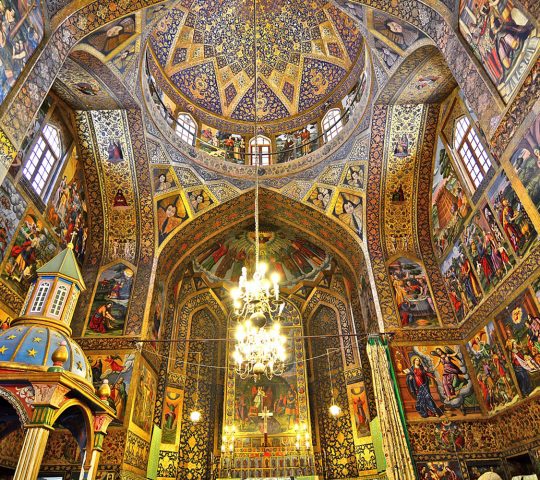Naqsh-e Jahan Square
Hightlight
-
 Car parking
Car parking -
 Coffee shop
Coffee shop -
 Restaurant
Restaurant
Naqsh-e Jahan Square is one of the largest squares in the world with an area of almost nine hectares located in Isfahan. It is an important testimony to the social and cultural life of Persia in the Safavid era and was included in the list of UNESCO World Heritage Sites in 1979 as an important historical site.
History and construction of the Naqsh-e Jahan
Abbas I had the square laid out between 1590 and 1595 under the original name Naqsh-e Jahan southwest of the then city center. Later it was also called “King’s Square” (Meidan-e Shah).
The square forms an elongated rectangle 560 meters long and 160 meters wide and is oriented almost exactly in a north-south direction. At the time it was built, it was the world’s largest square. It was planned as a market square, court venue, playing field, and fairground and is surrounded by important buildings: the royal palace, mosques, and bazaar, which in turn are connected by a two-story arcature surrounding the square. In this way, the square and the surrounding buildings form a closed ensemble, which is intended to symbolize the link between secular culture and the clergy, as well as trade and commerce.
The area and its buildings form the center of the city and are one reason why the beauty of Isfahan became proverbial in Persian (with a phonetic pun on Naqsh-e Jahan, the original name of the square): Esfahan Nesf-e Jahan, “Isfahan [is] half of the world ”. The square is also featured on the reverse of the Iranian 20,000 rial banknote.
Historical and architectural monuments of the square
During the reign of Shah Abbas, the main structure of the square was considered as Ali Qapu Palace where the Shah lived with his family. The palace is situated in the western part of the square. One of the most famous historical monuments in the square is the Imam Mosque (historical name: Jame Abbasi Mosque – Shah Mosque) which is considered the largest mosque in Isfahan and one of the largest mosques in the world. The Imam Mosque is located in the southern part of the square. A few kilometers from the square is the Jame Mosque or Friday Mosque, which is similar in style to the Imam Mosque. Another important structure in the Naqsh-e-Jahan Square is the Sheikh Lutfullah Mosque, which is notable for its beauty. The mosque is located in the eastern part of the square. Bazaar of Esfahan is located in the northern part of the square. It is considered one of the largest markets in Iran, which was formed during the Seljuk dynasty.


